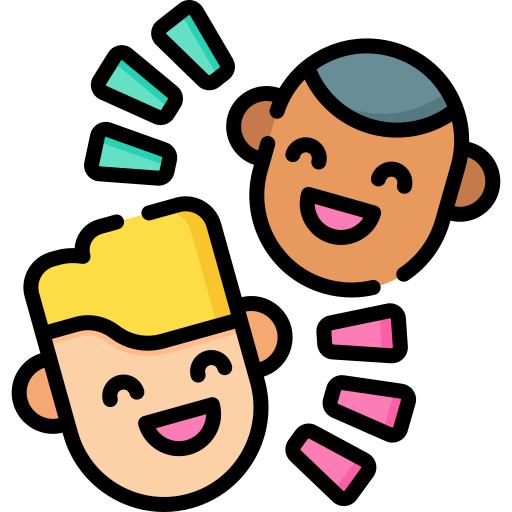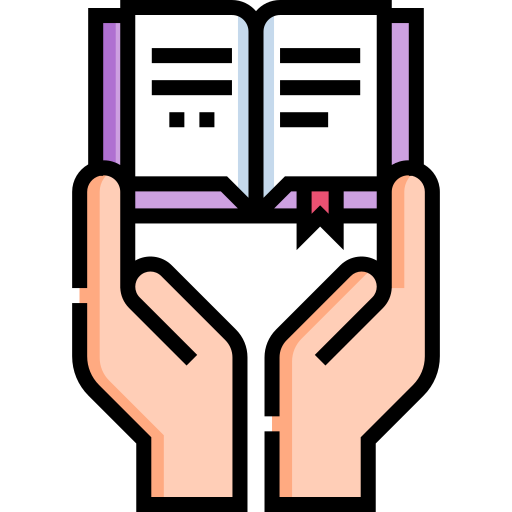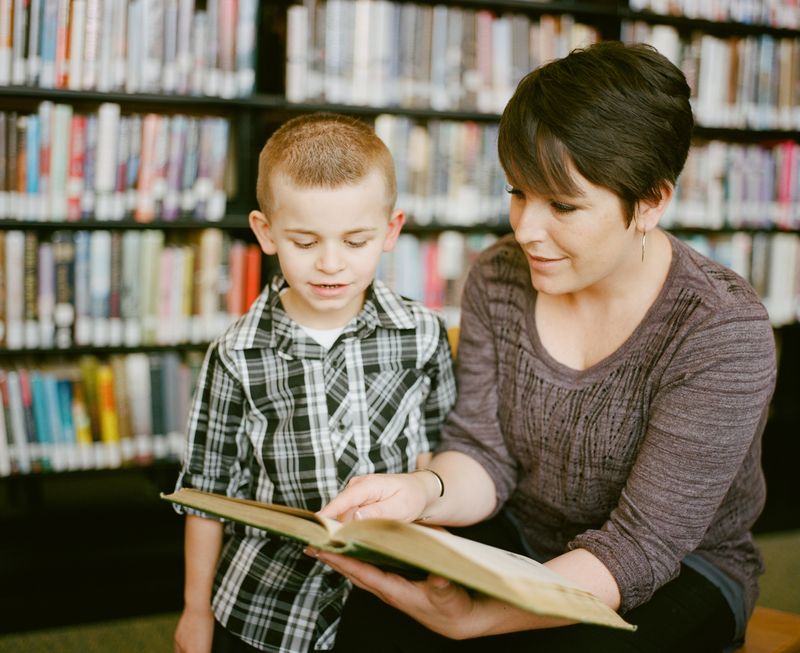
This logo isn't an ad or affiliate link. It's an organization that shares in our mission, and empowered the authors to share their insights in Byte form.
Rumie vets Bytes for compliance with our
Standards.
The organization is responsible for the completeness and reliability of the content.
Learn more
about how Rumie works with partners.
Take a look at these 2 classes:
 Engaged students actively participating in class.
Engaged students actively participating in class.
 Passive students falling asleep in class and disengaged.
Passive students falling asleep in class and disengaged.
The two classes are teacher-centered, yet some students seem more engaged than the others. Why do you think this happens? Well, there's a good answer.
Using direct instruction techniques can liven up a classroom and maximize learning.
Direct Instruction in a Nutshell
 The role of the teacher in DI
The role of the teacher in DI
Even though this is a teacher-directed method, lessons can be super active and fun, with the teacher serving as a guide. Everything depends on the approach the teacher adopts: active learning or traditional instruction.

How to use direct instruction in a fun way
A DI lesson might sound like the typical tedious class with students glued to their chairs, but this can change depending on the technique the teacher applies.
Try these active learning techniques for each step of the lesson!
Did you know?
Set Up The Lesson
1. Introduction
Start the lesson with warm up activities that activate previous background knowledge useful for the class.
Show students the lesson objectives.
Brainstorm concepts or vocabulary and write them on the board.
Have students move, stand up and interact with other students.
2. Presenting new materials
Use clear instruction.
Use materials that stimulate different senses like aural or visual.
Select age-appropriate materials.
Use simple ideas to explain concepts.
Quiz
Which activity can be used in the Introduction step?
A "Find someone who..." discussion activity is a fantastic way to start a class because it allows students to stand up and interact with other students. It can be adapted to any topic. Students aren't quite ready for tests, portfolios, and projects at this point.
Provide Support
4. Feedback
Provide useful feedback.
Start with a positive comment before correcting the problem.
Be specific and clear.
Adapt your feedback to each student. Personality matters.
Provide solutions to the issues you find.
Did you know?
Get Students To Demonstrate Knowledge
 5. Independent practice
5. Independent practice
Use collaborative activities.
Allow students to use the materials that were used in class like books, guides, etc., to develop this practice.
Use activities like projects or presentations.
Give little or no support in this stage.
 6. Evaluation
6. Evaluation
Focus on the big picture of performance, not small details.
Align your evaluation with the objectives of the class.
The data from evaluation can also be used to improve your teaching.

Quiz Time!

Meet Mrs. Brown, a middle school math teacher. Her students have been struggling with the topics of the class and she doesn't understand why. This is what her typical lessons look like:
She explains the lesson to her students for 1 hour while they listen to her. She just uses the board to write down the most important information.
Then, students have to do a quiz and they answer based on what they memorize from the lecture.
She grades the quizzes with numbers and doesn’t provide feedback.
Quiz
Which DI techniques should she implement in her lessons to improve effectiveness? Select all that apply.
Providing hands-on activities like word problems and games helps students internalize concepts better, especially if they're abstract. Materials that stimulate different senses help students process information, store it, and retrieve it more easily. Providing feedback with recommendations helps them become independent learners. These strategies will give students more confidence to perform better on their quizzes.
Take Action

When applying these strategies to your lessons, remember:
This Byte has been authored by
Mayerly Cussson
instructional designer




